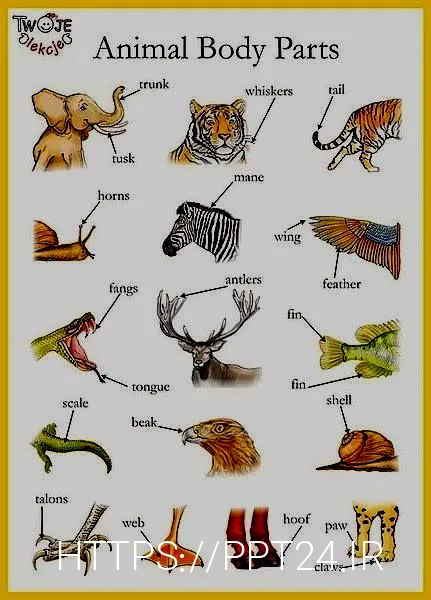livestock_cattle_feeding The Nutrition Source Harvard T H. Chan School of Public Health
Small dairy farms may have their herds tied up in tie-stall barns and feed the cows individual ingredients (forage, grain, supplement). This is referred to as component feeding while laborious it provides for individualized feeding. In larger facilities, it is common to place cows in various groups by performance, reproductive status, or by parity.
Staying abreast of the latest research and developments can equip you with the knowledge to make even better nutritional decisions for your herd. By understanding the role these microbes play in the rumen, you can make more informed decisions about the composition of your cattle’s diet. Ranchers leveraging tools like HerdView® Insights can gain actionable insights into their herd’s health, enabling them to make informed Check this for Doeat.top Carnivorous animals decisions that enhance product quality. The omasum’s role is primarily to reduce the water content of the digesta. As the feed particles move through this section, water, and VFAs are absorbed, concentrating the feed material before it enters the final chamber of the stomach. For cattle to convert grass and other forages into meat and milk efficiently, their digestive process is finely tuned and sequential.

According to the equation of Murphy et al. 27, free water intake ranges from 92 to 138 L/d. This equation accounts for feed intake (dry matter), milk yield, sodium intake, and minimum temperature. Recently, Appuhamy et al. 28 derived two equations that are now considered the equations to use when estimating free water intake for lactating cows. According to Kononoff24, these equations are now recommended for determining free water intake. Recently, the idea of precision feeding of post-weaned heifers has been developed by researchers at Pennsylvania State University.23 The following is a review of the practical aspects of the precision feeding concept.

Feeds available for meeting the livestock needs are as complex as the animal requirements. Therefore, it is suggested that a trained nutritionist be consulted for help with ration balancing. For more information, please see the fact sheets on feedstuffs and on ration balancing in this library. Many terms and units are used in describing the nutrient content of feeds and the nutrient requirements of beef cattle.
In addition, a portion of feed protein is degraded in the rumen by microbes. Ruminal bacteria can take the ammonia from protein degradation and the carbon skeleton from fermentation and produce amino acids and more bacteria. This utilization of carbohydrates and protein increases the production of ruminal bacteria as well as their passage to the small intestine for digestion and amino acid absorption.

Discusses the causes and symptoms of the condition, effective treatments, and ways to prevent calves from getting scours. Candace is a leader in the HerdView® product development and oversees project management. She is currently working toward her Certification in Project Management. With its honeycomb-like structure, the reticulum also acts as a filter, ensuring that larger, undigested particles are returned to the rumen for additional breakdown. Every rancher knows that the digestive process in cattle is distinct, but what makes it so unique? Minerals are divided into two categories 1) macrominerals (including Ca, P, Mg, K, Cl, Na, and S) which are required in gram quantities.
The rumen has the ability to convert moderate- and even low-quality feeds into needed nutrients. Because cattle can eat a wide variety of feeds, locally available products that could not be easily shipped to other parts of the country or could not be used in other animal diets can serve as excellent cattle feeds. In concluding this comprehensive guide, it is imperative to underscore the significance of proper nutrition in beef cattle farming. We’ve traversed the landscape of beef cattle nutrition from understanding their unique digestive system to dissecting the vital nutrients and strategies for balancing diets across different stages of production. At every step, your cattle’s health and productivity hinge on your choices regarding their nutrition. In the US, it is common to have different types of feeding situations.

Comprising up to 70% of the diet of lactating dairy cattle and more in that of growing heifers and non-lactating cows. Carbohydrates are typically described as sugars and chains of simple sugars. Therefore, the primary difference is the type of bonds between the glucose units. Feeding dairy cattle utilize the sciences of nutrition, biochemistry, and microbiology and combine them with animal husbandry. In this chapter, we will discuss the nutrients and how they are integral for dairy cattle performance (growth and milk production). We will evaluate the feeding of calves and heifers along with some brief practical feeding recommendations for dry and prepartum cows.

Microbes, including bacteria, protozoa, and fungi, are pivotal in the rumen. They facilitate feed fermentation, breaking down complex carbohydrates into simpler compounds. These microbes transform dietary proteins and fibers into microbial proteins, which are then used by the cattle. Their activity is central to the efficient digestion and nutrient extraction from feeds, especially fibrous ones. Among the most essential components of beef production are proper nutrition and feed management. Feeding your cattle a healthy, balanced diet and providing abundant supplies of clean water is crucial for herd health and productivity.
Livestock should always have access to adequate quantities of good-quality, clean water. Lack of water leads to decreased feed intake, lower production, and reduced revenues. Cattle require certain nutrients in specific amounts in order to grow, thrive, and reproduce. This fact sheet describes the nutrients, explains common terms used in feeds and feeding, and provides lists of nutrient requirements by animal type and productivity level. For more information, please see the fact sheet on Ration balancing in this library.
Some starters are completely pelleted and good quality hay must be fed. Beginning on the day after birth, milk or milk replacer is fed to calves. Traditionally milk was fed after morning and evening milking at a rate of 4 L per day. Milk replacer is a milk-based powder that must be reconstituted to approximately 10%–15% solids. More recently, milk and milk replacer feeding rates have increased to 6 L for Holsteins.
Digestion is the process by which food is broken down into nutrients the body can absorb. This involves transforming rigid plant materials into vital proteins, fats, and carbohydrates for cattle. This is because the IgG is the most important antibody for conveying protection to the calf. The quality of colostrum can be measured through the use of a hydrometer specific for colostrum (also known as a colostrometer) or with a refractometer. Using a colostrometer requires that the colostrum must be at room temperature otherwise over- or underestimation of the IgG in the colostrum is possible.
The third theory and the one most likely observed is the oxygen consumption theory. As cows produce more milk, the need for the blood to carry oxygen to tissues is increased, and the heart must pump at a faster rate and consumption of oxygen increases. More nutrients are provided to the mammary gland resulting in a greater need for nutrient uptake and hence greater feed intake. Sodium is primarily an extracellular cation and can improve animal performance.

